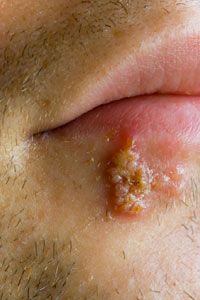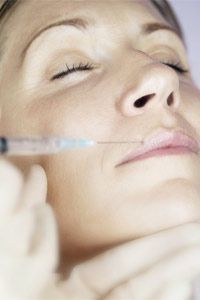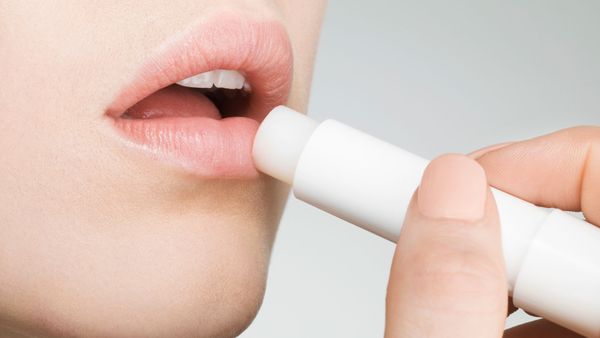You wake up one morning with a tingling or burning sensation on your lip and know immediately what's coming within the next day or two: a painful cold sore, also known as a fever blister.
Cold sores are caused by the type 1 herpes simplex virus (HSV-1). Type 2 of the same virus usually affects the genital area [source: MedlinePlus]. Only people who carry this virus develop these sores, but not everyone who has it experiences recurring infections. In fact, only about 10 percent of those who become infected with the virus develop sores [source: American Academy of Dermatology].
Advertisement
Cold sores can be a lifelong irritant for those who do, since there's no cure for the virus. How often you have an outbreak -- if at all -- depends on the individual. After you become infected, the virus goes into a dormant state inside your nerve cells. Occasionally, it may replicate and develop into an outbreak as it travels down the nerve to the skin. No one really knows why cold sores appear, but some events -- from the onset of the flu to excessive exposure to the sun -- can trigger a new batch of blisters [source: MedicineNet].
Sores usually last from seven to 10 days, and most frequently occur near the mouth, lips or nostrils [source: Mayo Clinic]. Red blisters form and then break, leaving behind a yellow crust that covers the new skin underneath. These blisters are significantly more contagious to other people until they fully crust over [source: WebMD]. However, even when the blister is completely gone, the virus can still be passed on to another person through kissing [source: MedicineNet].
Luckily, there are some ways to treat fever blisters so they have less of an impact on your daily life. To learn about treatment options, read the next page.
Advertisement



